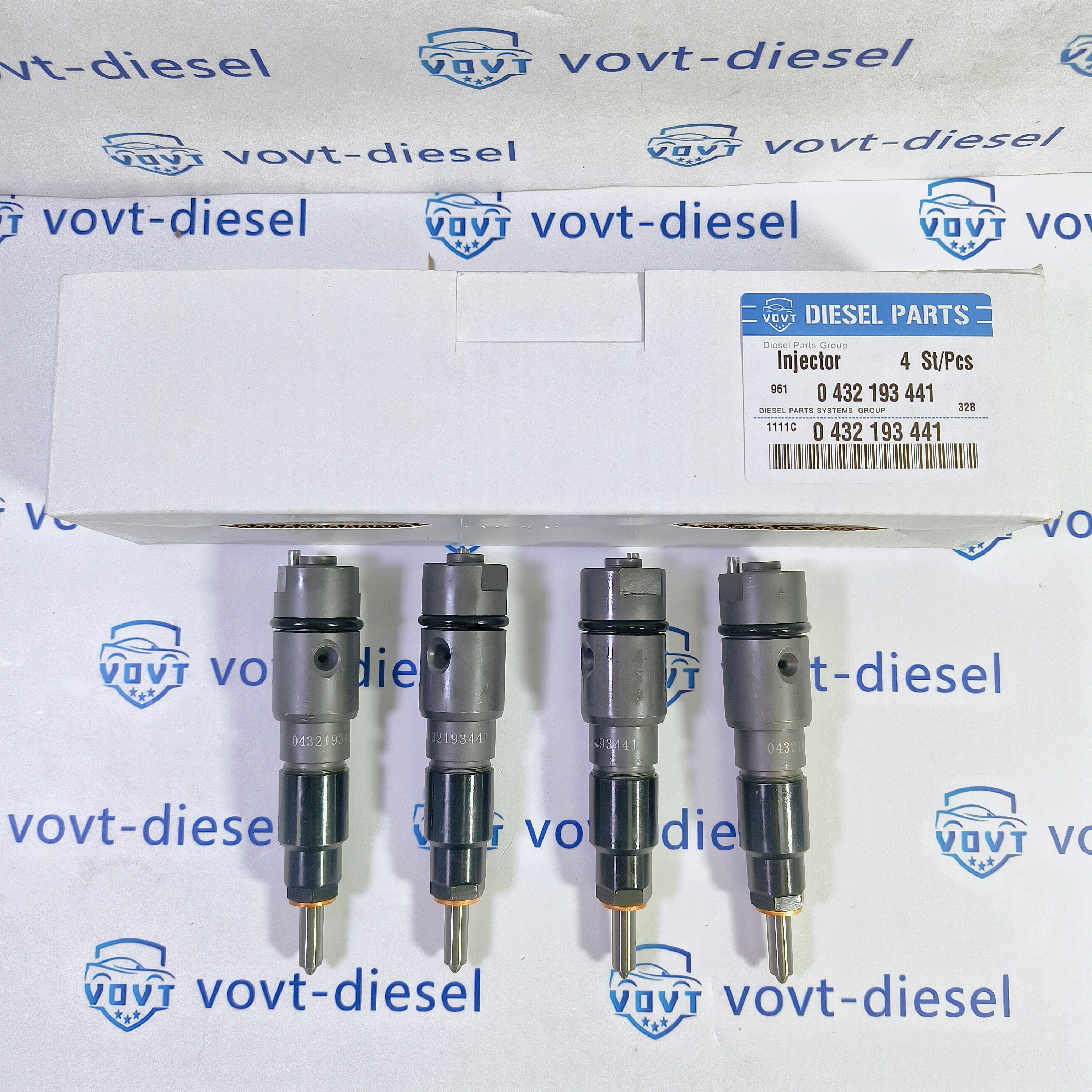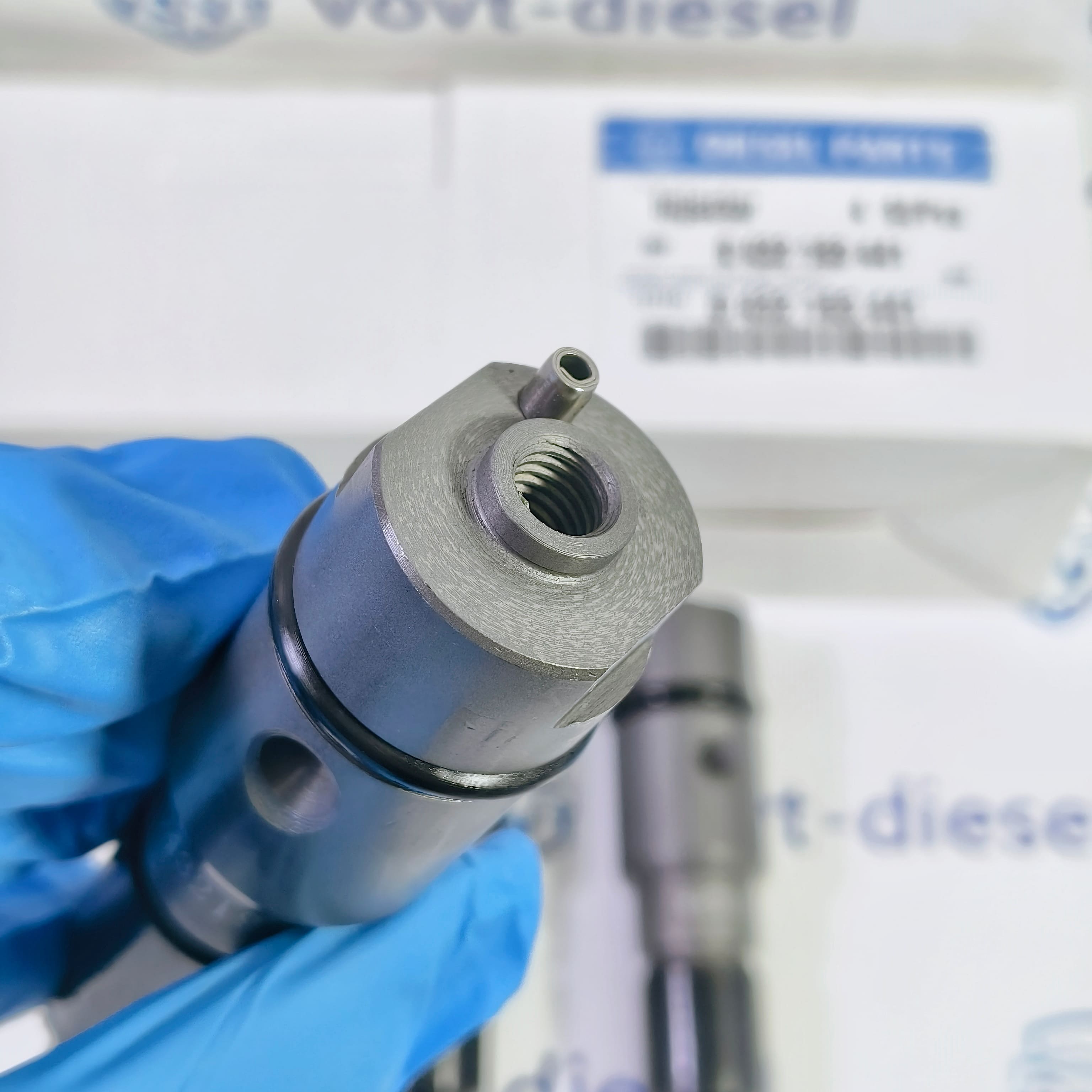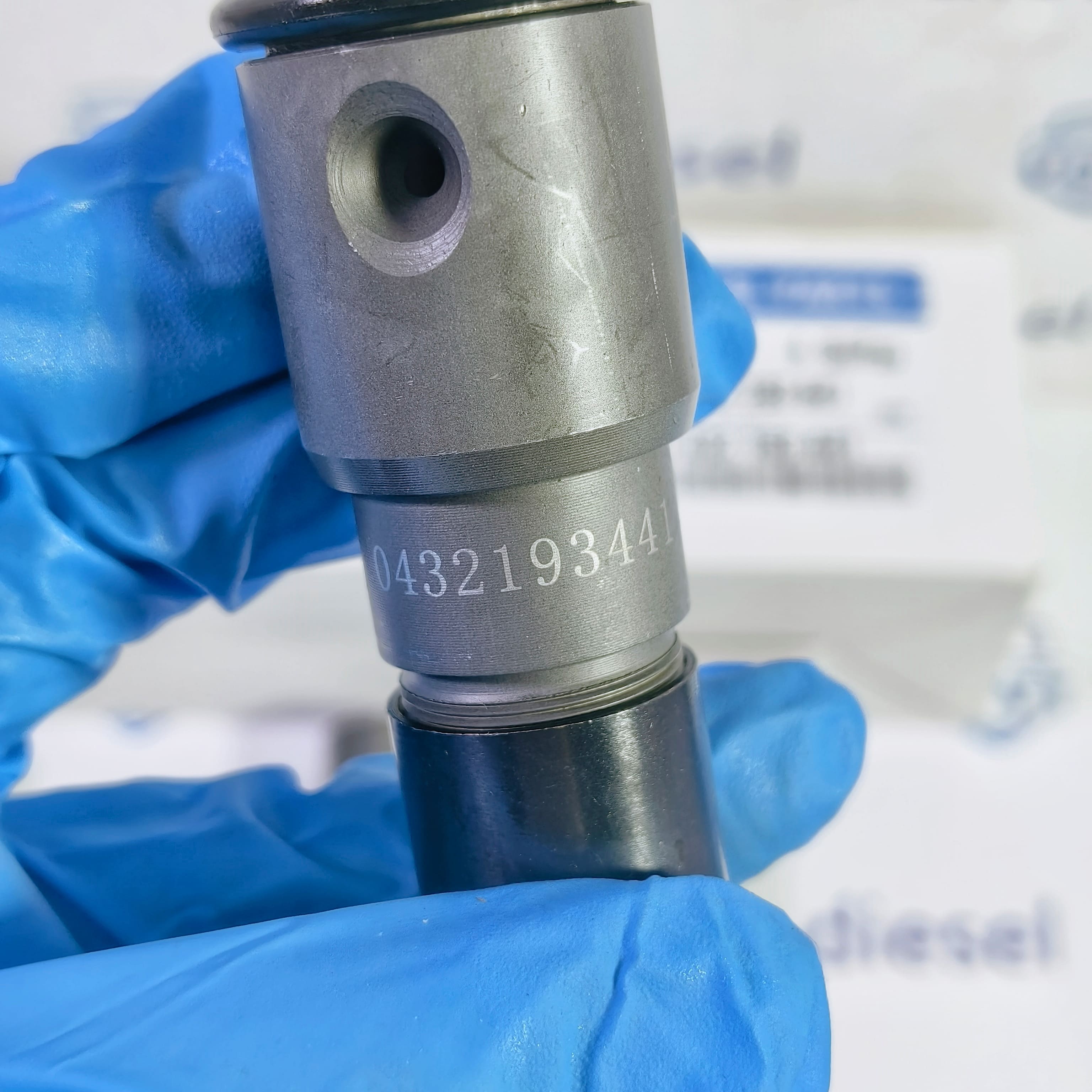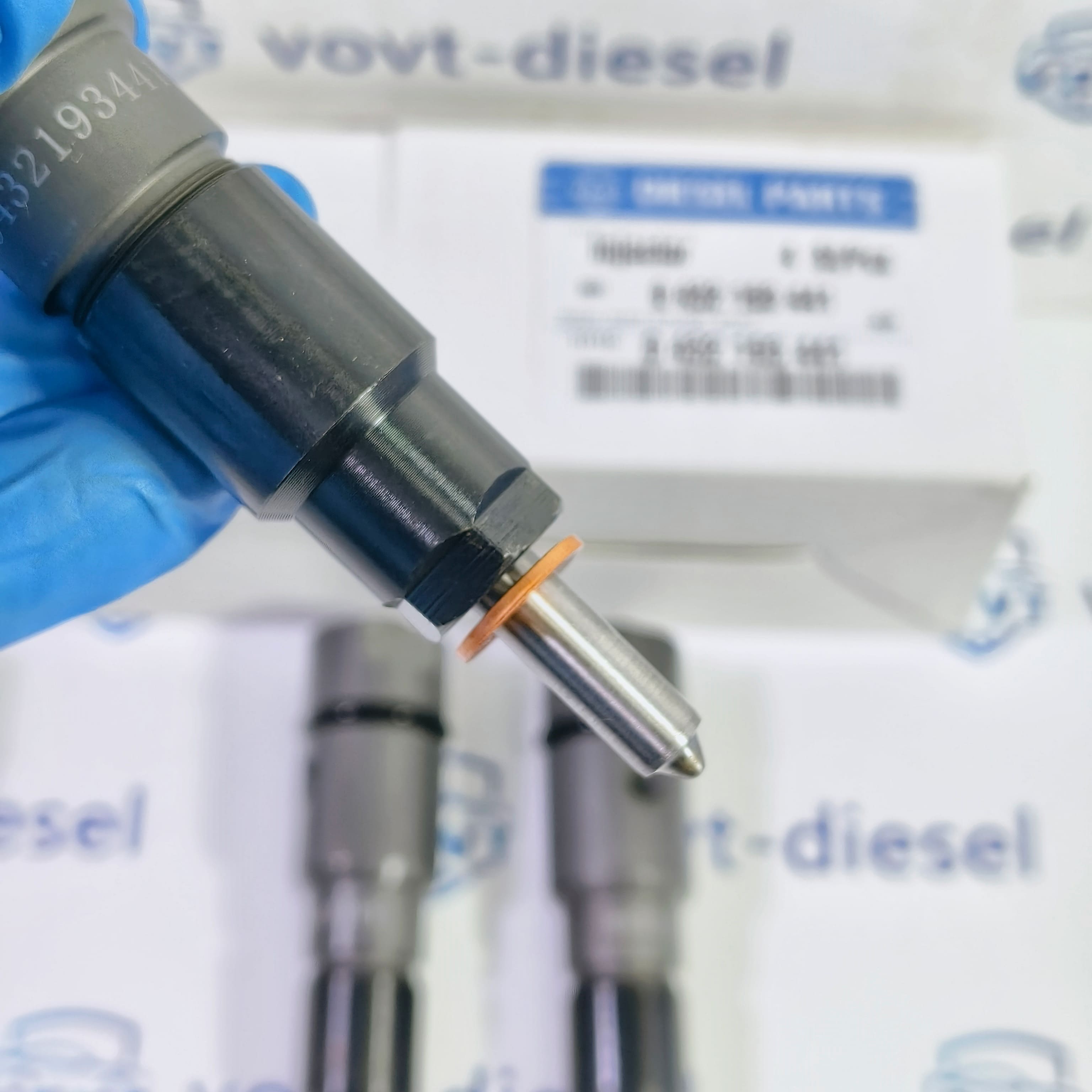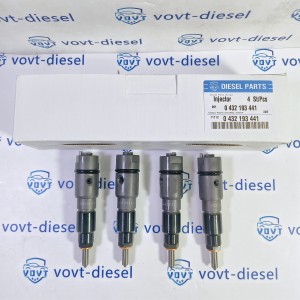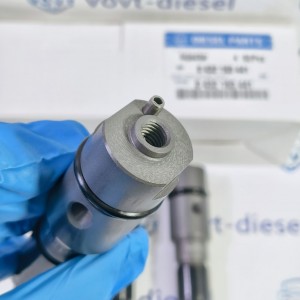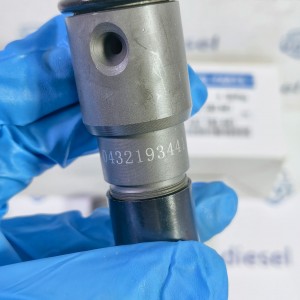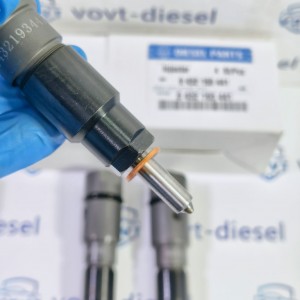Professional Manufacture 0 432 193 441 Diesel Injector Common Rail Injector Engine Parts Vehicle Parts 0432193441
products description
| Reference. Codes | 0 432 193 441 |
| Application | / |
| MOQ | 4PCS |
| Certification | ISO9001 |
| Place of Origin | China |
| Packaging | Neutral packing |
| Quality Control | 100% tested before shipment |
| Lead time | 7~10 working days |
| Payment | T/T, L/C, Paypal, Western Union, MoneyGram or as your requirement |
Wear Resistance, Corrosion Protection, and Failure Mechanisms of Diamond-Like Carbon (DLC) Coatings on Injector Needle Valves
Abstract
Injector needle valves in ultra-high-pressure fuel injection systems are subjected to continuous high-speed flow impingement, frictional wear, and chemical corrosion, which often lead to premature failure. Diamond-Like Carbon (DLC) coatings, known for their high hardness, low friction coefficient, and excellent chemical inertness, have been widely applied to needle valve surfaces to enhance wear and corrosion resistance. This paper analyzes the tribological and anti-corrosion performance of DLC coatings on injector needle valves, investigates the primary failure mechanisms, and proposes improvement strategies to extend injector service life.
1. Introduction
With the continuous rise of injection pressure in diesel engines, often exceeding 200 MPa, the operating environment of injector needle valves has become increasingly harsh. Conventional metallic surfaces are prone to adhesive wear, corrosion, and fatigue-induced spalling under such conditions. DLC coatings, as a widely adopted surface engineering solution, significantly improve wear resistance and durability. However, under prolonged service, DLC coatings may still degrade due to stress concentration, thermal effects, and chemical reactions. Understanding their wear resistance, corrosion protection, and failure mechanisms is critical for optimizing injector performance.
2. Wear Resistance of DLC Coatings
DLC coatings exhibit hardness levels typically ranging from 15–30 GPa, far higher than those of alloy steels. Their low friction coefficient (0.05–0.2) reduces resistance during the high-frequency opening and closing of needle valves, significantly lowering wear rates. Additionally, graphitic phases within DLC coatings can form lubricating transfer films during sliding, further reducing surface wear. These properties collectively ensure stable injection performance and extended component lifespan.
3. Corrosion Protection Characteristics
Beyond mechanical durability, DLC coatings also provide excellent corrosion resistance. Their chemical inertness prevents electrochemical reactions with aggressive fuels such as biodiesel or ethanol blends. Moreover, the dense amorphous structure of DLC effectively blocks fuel penetration, protecting the underlying metal from pitting or uniform corrosion. This dual function of mechanical protection and corrosion shielding makes DLC coatings particularly suitable for long-term use in demanding fuel injection environments.
4. Failure Mechanisms of DLC-Coated Needle Valves
Despite these advantages, DLC coatings may fail through several mechanisms when subjected to extreme service conditions:
-
Delamination and spallation: High residual stresses or poor interfacial adhesion can cause coating detachment under cyclic loading.
-
Micro-cracking: Stress concentration during valve impacts may initiate cracks, which propagate and expose the substrate.
-
Thermal degradation: Prolonged exposure to high temperature may induce graphitization, reducing hardness and increasing friction.
-
Erosive wear: High-velocity fuel flow and entrained particles can erode the coating surface.
-
Chemical attack: Certain additives or fuel by-products may weaken the coating–substrate interface, accelerating failure.
5. Improvement Strategies
To enhance the durability of DLC coatings on injector needle valves, several strategies can be adopted:
-
Optimizing deposition methods (e.g., PECVD, magnetron sputtering) to reduce residual stress and improve adhesion.
-
Introducing metallic or ceramic interlayers (e.g., Cr, Ti) to enhance bonding strength.
-
Tailoring hydrogen content and sp²/sp³ ratio to achieve a balance between hardness and toughness.
-
Applying multilayer or nanocomposite DLC structures for improved crack resistance and erosion protection.
6. Conclusion
DLC coatings provide injector needle valves with superior wear resistance and corrosion protection, greatly enhancing injection reliability under ultra-high-pressure operation. Nevertheless, their service performance is limited by failure modes such as delamination, cracking, and thermal degradation. Through deposition optimization, interfacial engineering, and material tailoring, the durability and reliability of DLC-coated injector needle valves can be significantly improved. This study offers valuable insights for developing next-generation injection systems with higher efficiency and longer service life.
Related products
| 1 | 5WS40200 | 11 | A2C59514909/ | 21 | 31336585 |
| 2 | FA2C53252642 | 12 | A2C59511602 | 22 | 36001726 |
| 3 | 1685796 | 13 | A2C59513556 | 23 | 1709667 |
| 4 | 31303994 | 14 | 5ws40677 | 24 | 36001727 |
| 5 | 50274V05 | 15 | 50274V0 | 25 | 9445R |
| 6 | 5WS40087 | 16 | 5WS40677 | 26 | 00Q1T |
| 7 | 16600-00Q1T | 17 | AV6Q9F593-AB | 27 | 5WS40007 |
| 8 | 00Q0H | 18 | AV6Q9F593-AA | 28 | A2C59513997 |
| 9 | 5WS40148-Z | 19 | A2C59511606 | 29 | 5WS40250 |
| 10 | 2S6Q-9F593-AB | 20 | 16600-00Q0P | 30 | A2C59514912 |

